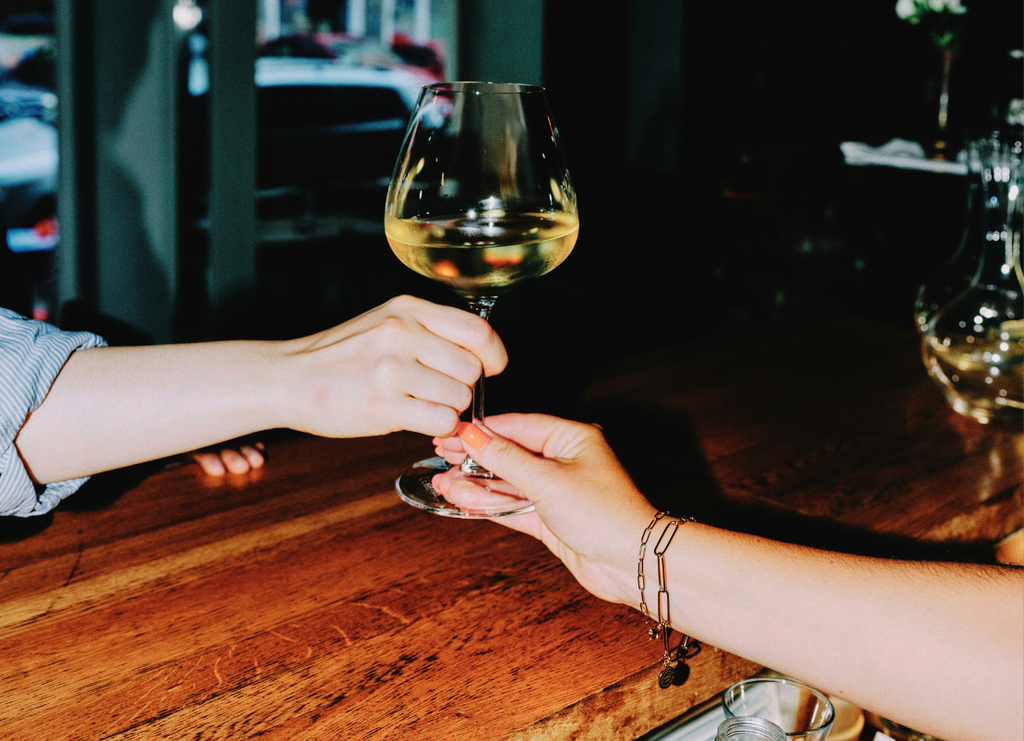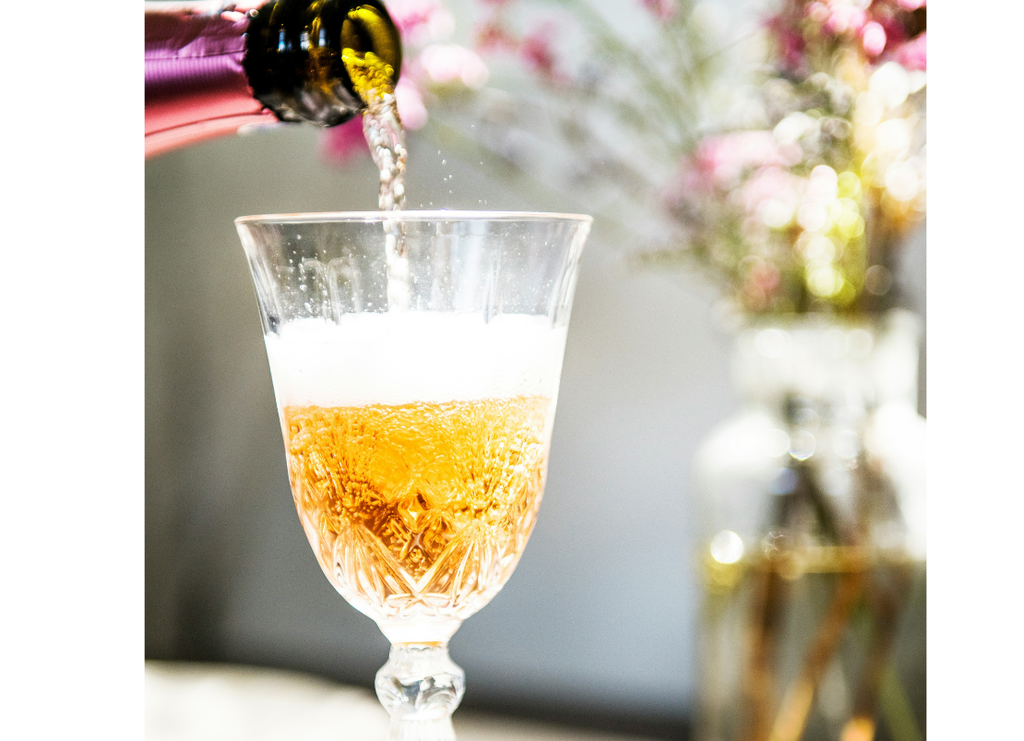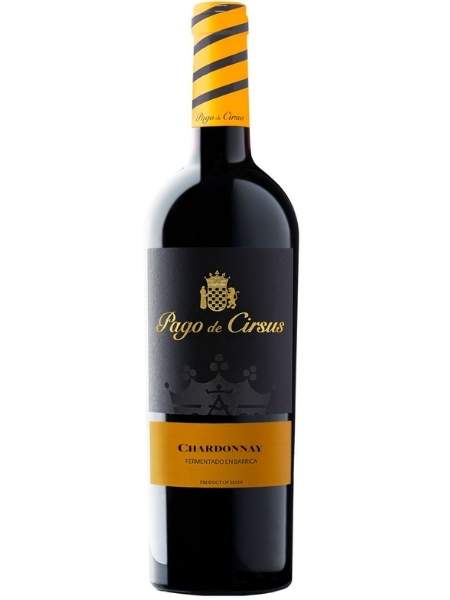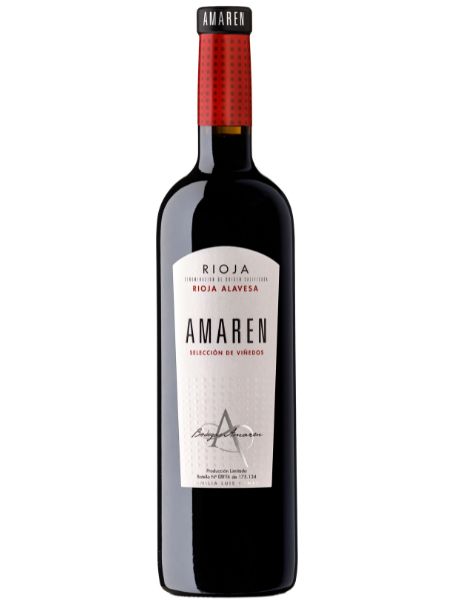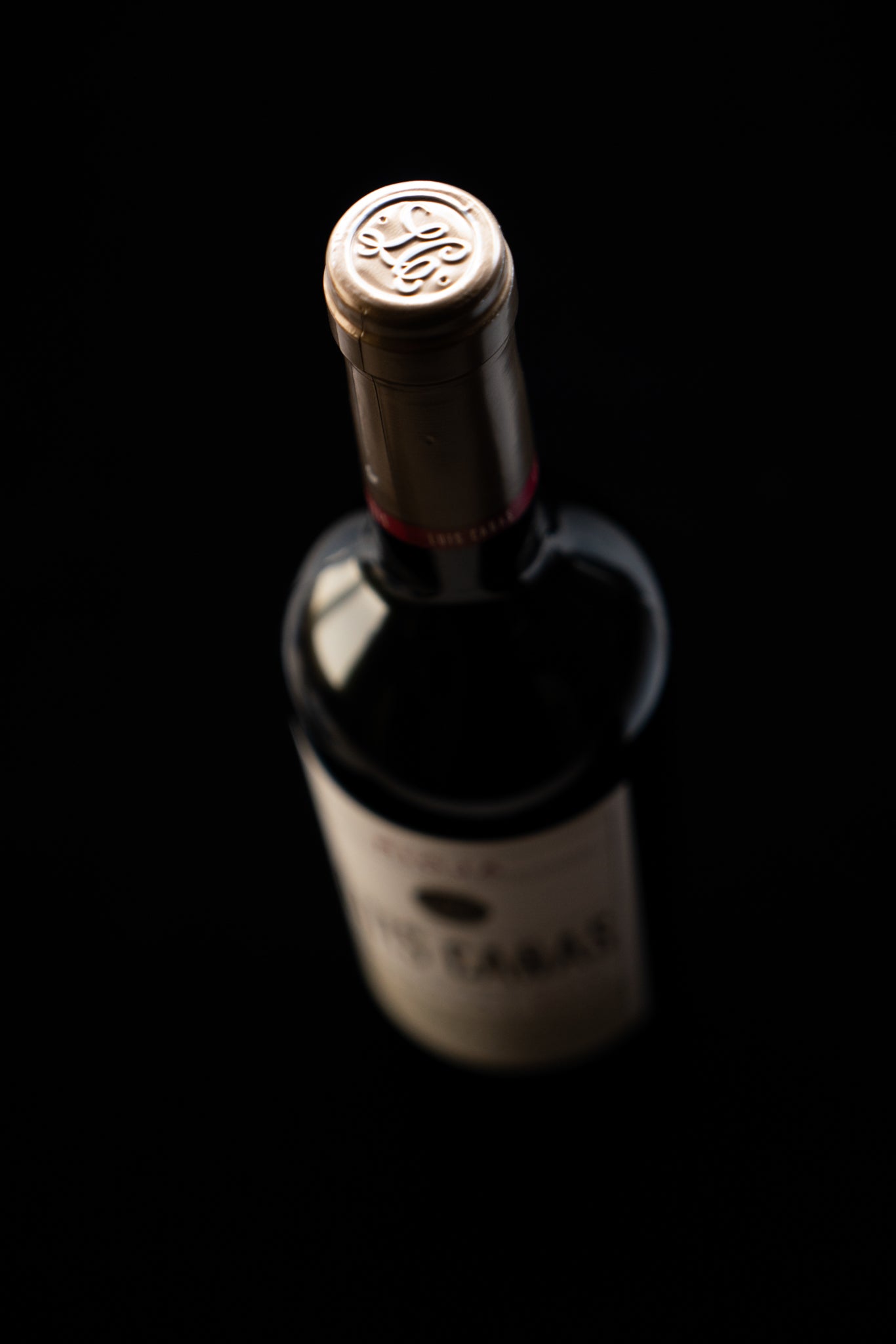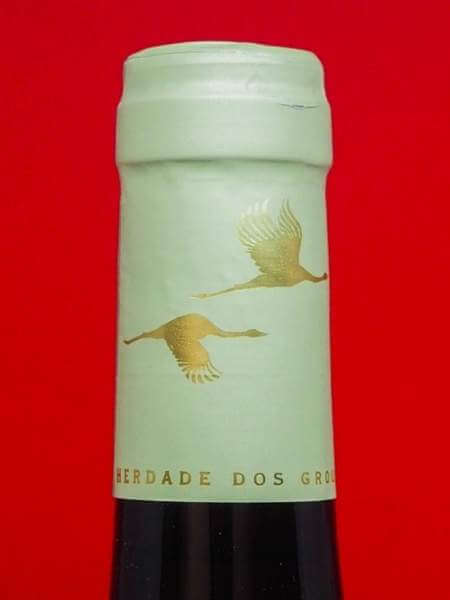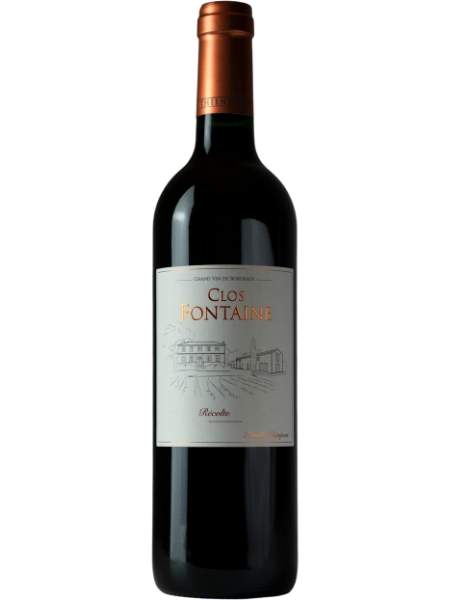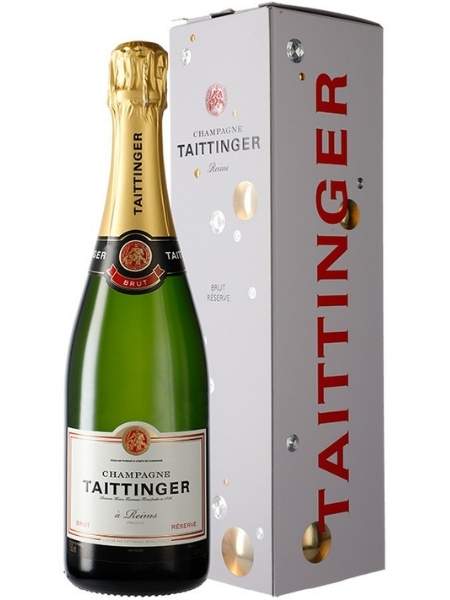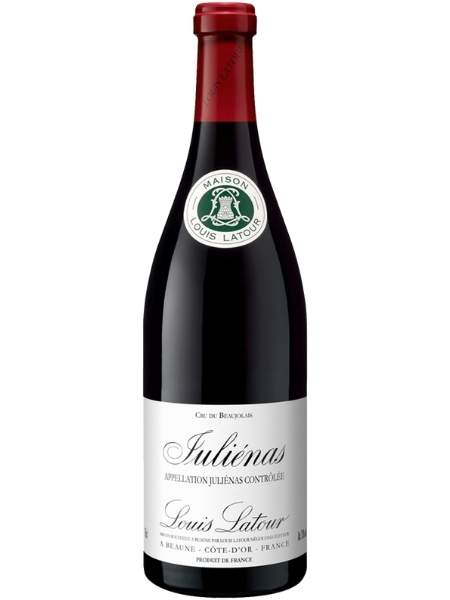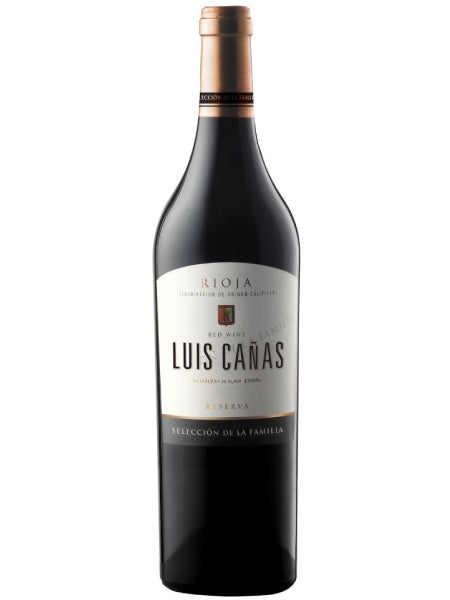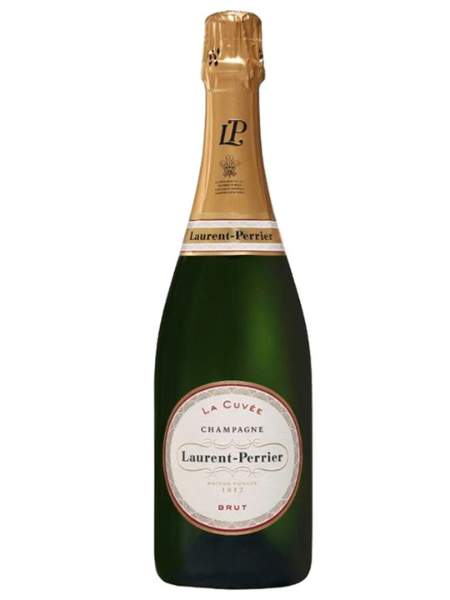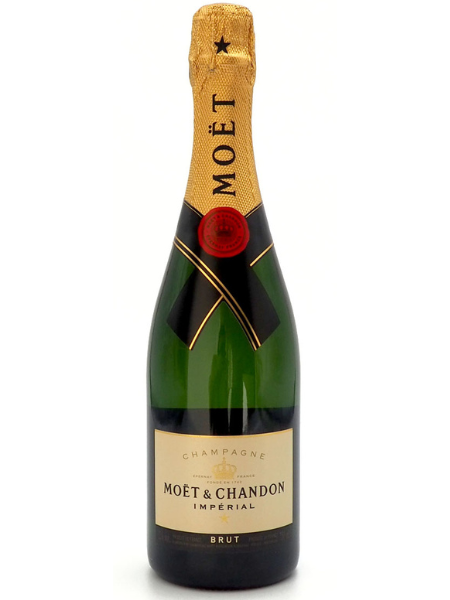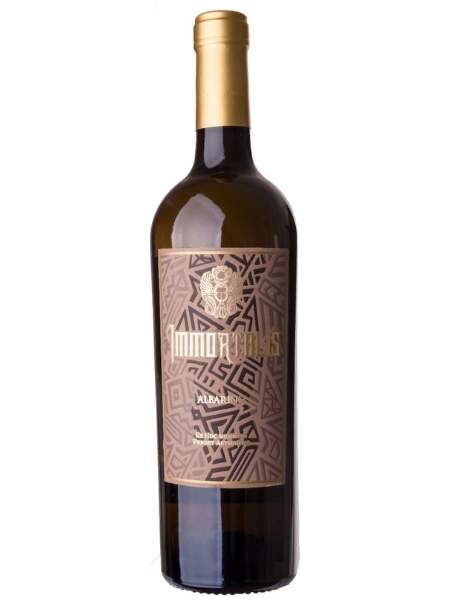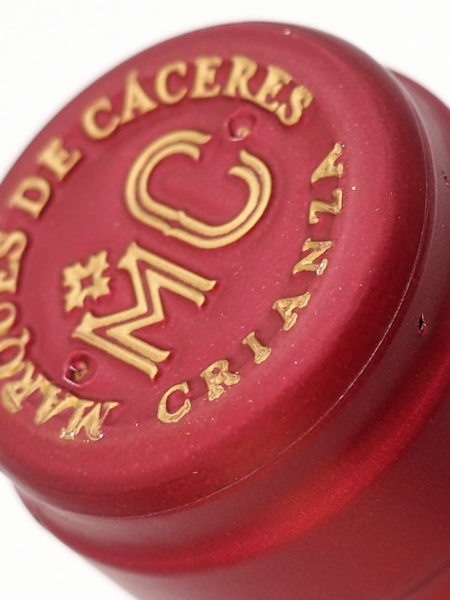
How To Taste Wine Like a Pro?

Wine tasting can be complicated and complex at times, but don't worry, in this article we will give you some tips to taste wine like a pro.
First of all, it is important to specify that anyone can learn to taste a wine correctly, without being a professional taster. All you need to have is a consistent tasting technique that you can improve with time and expereince.
Everytime you drink wine, take a moment to appreciate its unique characteristics. By practicing, you will soon become a professional wine taster! Just follow the four steps of the conventional tasting method: Look, Smell, Taste and Think.
Look the Wine
Hold the wine glass over a white background in a neutral light and make 3 observations: hue, color intensity, and viscosity. In white wines, a deeper colour is usually an indication of ageing or oxidation.
For example, white wines aged in oak have a deeper colour than those aged in stainless steel, which doesn´t let oxygen in. In rosé wines, the intensity is controlled by the winemaker
Thus, a deeper colour simply means that the wines were macerated in grape skins for longer. In red wines, we need to look towards the edge of the wine to see the hue.
We need to look towards the centre to see how opaque the colour is: Wines with a red coloured tint, are likely to have a higher acidity (lower pH). Wines that are more purple or blue, will have lower acidity. A deeply coloured, opaque red wine is likely to be youthful with higher tannin.
Finally, red wines become more pale and tawny as they age. Also, when looking at wines, it is important to look at the viscosity. Wines with higher viscosity, have higher alcohol, higher sugar, or both.
Wine "legs" or "tears" is a phenomenon called the Gibbs-Marangoni effect. It is caused by fluid surface tension created from evaporating alcohol. In a controlled environment, many "tears" indicate a wine with higher alcohol content. Also, temperature and humidity will affect results, therefore wines need to be kept in a cool climate.
The sediments are the particles at the bottom of the glass that sometimes appear when drinking unfiltered wines. They are harmless but can be easily removed by pouring through a stainless-steel filter.
Smell the Wine
The first thing we have to do is smell the wine without moving the glass, perceiving the aromas given off the surface of the wine (the primary aromas, which come from the grape variety).
We recommend smelling the wine and creating a profile of its aromas before tasting it. Try to look for 2-3 fruit flavours, 2-3 herbal or other flavours, and any oak or earth flavour.
Shaking the glass increases the release of aromas and their intensity, so we will be able to detect the secondary aromas. After letting it rest, we need to smell it again to appreciate the tertiary aromas, those of ageing.
Therefore, young wines only have the two first aromas, while those that have undergone ageing have a "bouquet", an aromatic expression of great complexity. The more integrated these aromas are, the more elegant wine will be.
Good wines are characterized by their variety of aromas, complexity, intensity and clarity, evolving in nuances as they are tasted. On the contrary, a simple wine is one that gives us few aromas, of little intensity.
It is also necessary to distinguish between aromas (always positive characteristics). Look for fruity, herbaceous, or other flavours, and if present, oak or earthy flavours. You should also look for negative aromas, if there are any, from manufacturing defects, poor preservation, etc.
Taste the Wine
We can differentiate the flavours that we find in the tongue by the papillae that are in charge of them. The fungiform are the only ones with buds that are sensitive to specific flavours, between 150 and 400 papillae that contain several hundred thousand cells that are completely renewed every four days!
The goblet papillae (their name comes from forming a vee or chalice on the tongue) are only sensitive to the bitter.
take a mouth large enough and pass the wine through the entire palate before swallowing it. Try to identify the structure of the wine (tannin, acidity, etc.), the aromas and the overall balance of the wine.
Think About the Wine
Finally, it's time to put all your observations together and evaluate the experience as a whole. We recommend that you write down the taste notes, evaluate the wine and compare it with other wines.
At first, the process may be a little difficult, but you will get used to following these steps. In time, so will you. you will be closer to becoming a professional wine taster! The most important thing is to have fun while learning!
Check out our wine shop and start practicing!

